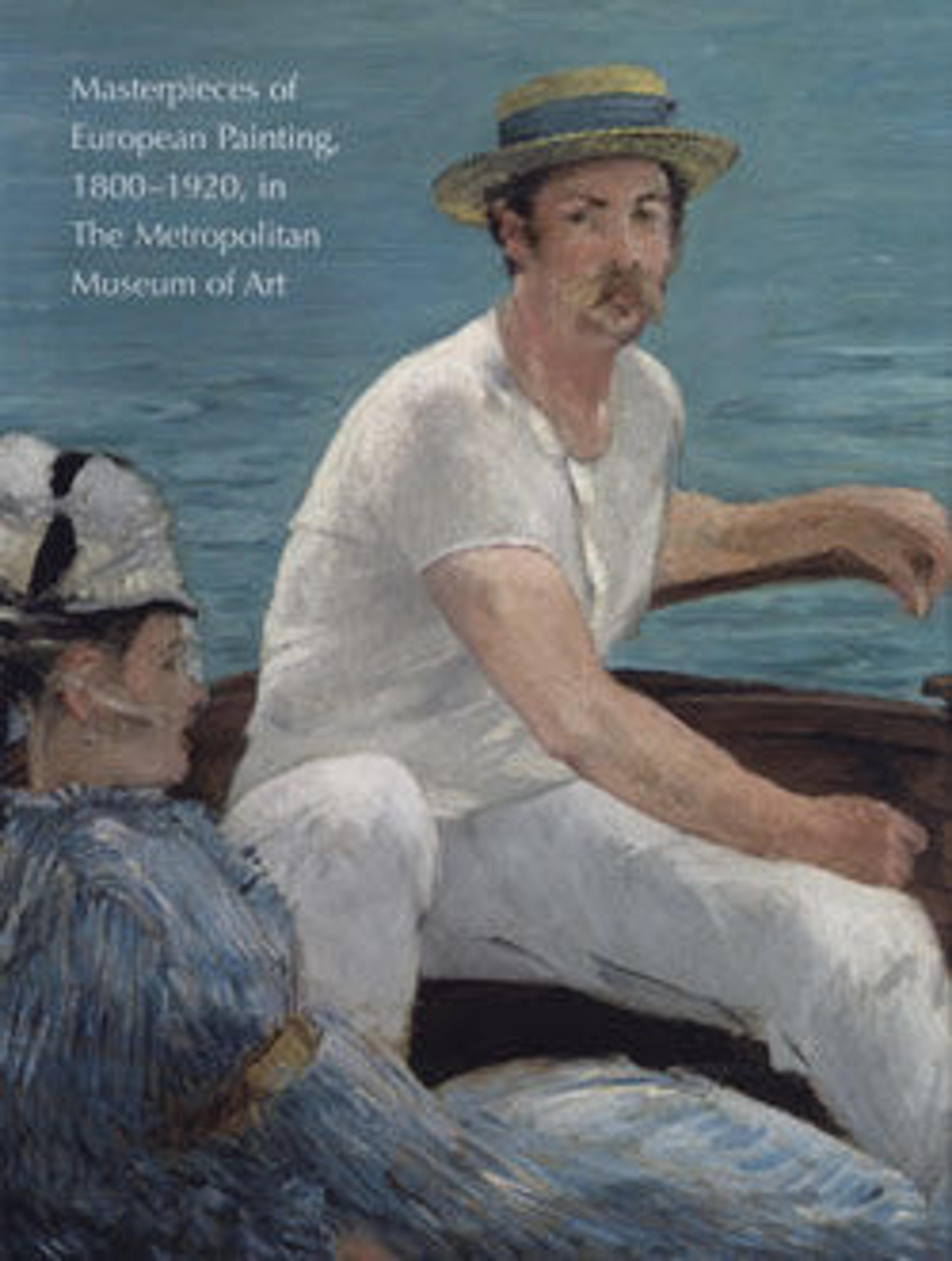Salome
Regnault initially represented this Italian model as an African woman, but later enlarged his canvas at the bottom and right and transformed it into a representation of the biblical temptress Salome. Hair ruffled, clothes in disarray, she has just danced for her stepfather Herod, governor of Judea. The platter and knife allude to her reward: the severed head of John the Baptist. Just months after this picture’s sensational debut at the Salon of 1870, the young Regnault was killed in the Franco-Prussian War. His posthumous fame was such that an outcry arose when the painting left France for America in 1912.
Artwork Details
- Title:Salome
- Artist:Henri Regnault (French, Paris 1843–1871 Buzenval)
- Date:1870
- Medium:Oil on canvas
- Dimensions:63 x 40 1/2 in. (160 x 102.9 cm)
- Classification:Paintings
- Credit Line:Gift of George F. Baker, 1916
- Object Number:16.95
- Curatorial Department: European Paintings
More Artwork
Research Resources
The Met provides unparalleled resources for research and welcomes an international community of students and scholars. The Met's Open Access API is where creators and researchers can connect to the The Met collection. Open Access data and public domain images are available for unrestricted commercial and noncommercial use without permission or fee.
To request images under copyright and other restrictions, please use this Image Request form.
Feedback
We continue to research and examine historical and cultural context for objects in The Met collection. If you have comments or questions about this object record, please contact us using the form below. The Museum looks forward to receiving your comments.
